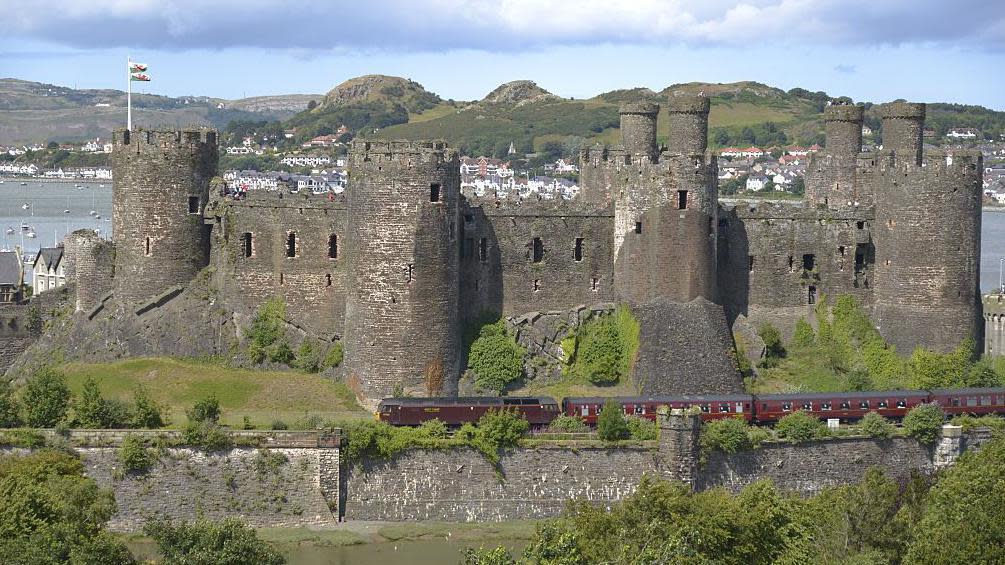What the expected election looks like in Wales

The 2019 general election changed the political map of Wales, with a Boris Johnson-inspired Conservative Party turning some unexpected parts of it blue.
The Tories took Bridgend and also swept across north Wales, taking Wrexham, Delyn, Vale of Clwyd, Clwyd South and Ynys Môn from Labour.
With Rishi Sunak expected to call an election on Wednesday evening, the polls indicate that we could be looking at a lot more red this time round.
Winning back seats in Wales will be an important part of Sir Keir Starmer’s bid to become prime minister.
In short: expect plenty of campaign visits by Labour to north Wales.
If a recent BBC Wales trip across the north Wales coast to gauge voter mood is anything to go by, politicians of any party will hear one thing dominating: the cost of living.
The constituencies of Ynys Môn, Bangor Aberconwy, Clwyd East and Clwyd North will be amongst those central to Labour’s plans – they are pretty confident about Bridgend and Wrexham – along with Pembrokeshire Mid and South, Vale of Glamorgan and Monmouthshire.
The latter three have something in common, which we will come on to shortly.
The eagle-eyed amongst might have noticed that some of those names are not familiar.
That is because the map has already changed: the 40 seats of 2019 have been whittled down to 32 to try and make the constituencies more equal in terms of population size – although Ynys Môn has special status.
Big political figures at risk
So what do those three seats we mentioned have in common?
All are represented at the moment by current or former Welsh secretaries: Stephen Crabb in Pembrokeshire, Alun Cairns in Vale of Glamorgan and David TC Davies in Monmouthshire.
Throw in Simon Hart – another ex-Welsh secretary who is the current Conservative chief whip and standing in Caerfyrddin – and there are some big political figures at risk at this general election.
As for other colours, the green of Plaid Cymru might become a bit more prominent if they can win their target seats of Ynys Môn and – that seat again - Caerfyrddin.
Might there be a return of yellow, as the Liberal Democrats target one of their former strongholds in the new-look constituency of Brecon, Radnor and Cwm Tawe?
Welsh government troubles
There are also a couple of dimensions that might not get much coverage in the UK media, but certainly will here, and that is any impact the Welsh Labour government’s recent troubles might have on how people vote.
The 20mph policy has been deeply unpopular and was brought in by the Welsh government.
It is also the Welsh government which controls the Welsh NHS, which has been struggling to meet its targets.
And do not forget the first few months of Vaughan Gething’s reign as first minister: dominated by a row over donations.
At least UK Labour will not have to field questions about what they will do with unspent campaign funds after the decision on Tuesday to give the £31,000 to "progressive causes".
What about Reform UK?
We should keep an eye on how Reform perform in the south Wales valleys.
A couple of Labour politicians have suggested that the party, previously known as the Brexit Party, could win votes at their expense.
Nothing in the polls comes even close to them winning a seat, but with a different voting system for Senedd elections (the next is in 2026) it might be different then.
But that is two years from now.
For the next month or so the focus will be on the 32 seats that could play a significant part in the outcome of the UK general election.


